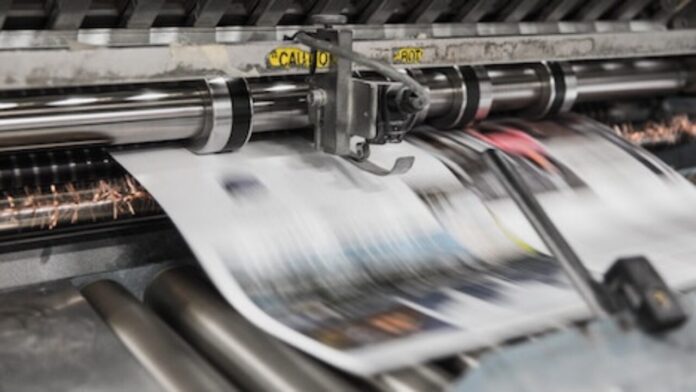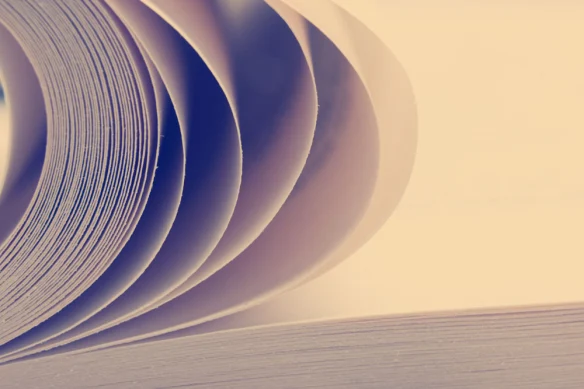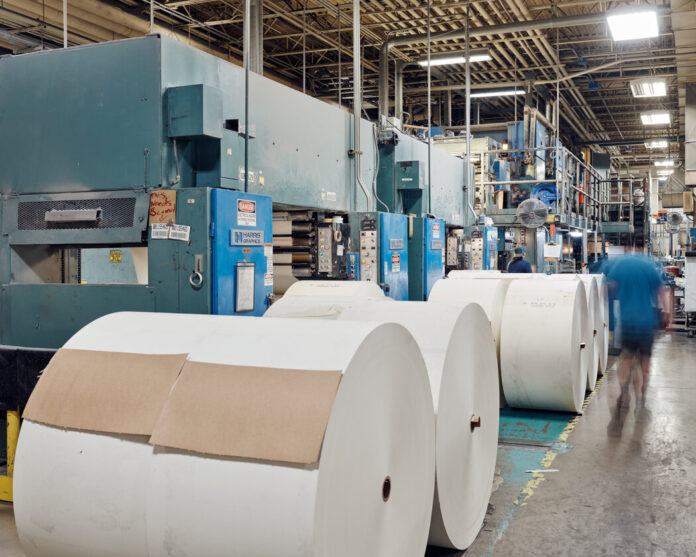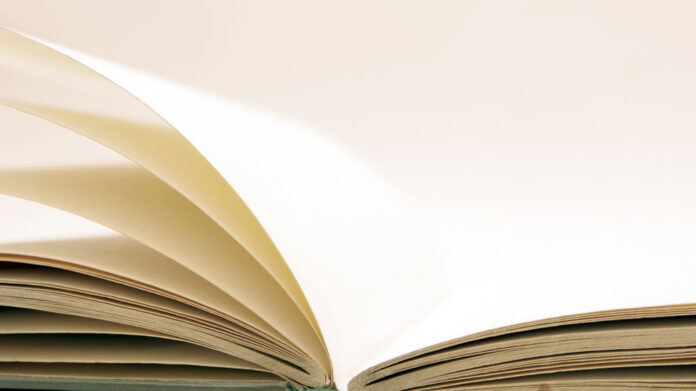Reading books is an excellent way of acquiring knowledge. But not everyone can read for hours to know what is mentioned in it. The book must be engaging, creative, well-written, organized, and presentable. It is possible only when you take care of many things while printing it, especially paper.
You may be surprised that different paper types are pretty available to print several kinds of books. Knowing what paper is perfect to print your favorite book is essential. The following write-up includes discussion on different paper types and which one is used for different book types. To manufacture your own, you need to gain knowledge about these papers.
Everyone will show interest in reading your books if you take care of everything during the manufacturing process. Various paper types are manufactured by using various natural fibers like cellulose. It is obtained from many sources like trees, coconuts, papyrus, etc. Let us know more about it.
Paper for Distinct Book Sections

Two sections of every book are there, i.e., interior and cover. The interior paper is pretty available in many coated and uncoated forms. The entire content is written on the same type of sheet and remains the same throughout the book. But interior pages may differ in the case of a magazine or unique book.
But when it comes to the cover, it needs to be exciting and attractive to gain the attention of readers. It needs to be thick and durable to make it last for a long time. It can be well-pasted or cover any book loosely. Every book manufacturer has their creative side in creating the cover page.
Interior Paper

Inside a book, one may see various papers, such as:
1. Coated
Whenever any mineral substance layer is added over the standard type, it becomes coated. The additional coating transforms it white and provides a smooth finish. The available finish is completely dependent on the calendering rolls. This one is well-surfaced by sanding through lateral movement. In case you do not operate it, this type will look matte.
But if it is moved slightly in the sideway direction, it can become like satin and give a glossy finish. Kaolin is the layer used in previous years, but now, it is replaced with calcium carbonate as it is affordable.
Due to the fiber flattening, the coated one feels completely soft and it can be ideally used in every magazine, photograph, and other advertising banners and pamphlets. For any books, it is preferred to print black & white pictures and content. Generally, children’s books are manufactured with the coated one as they contain many pictures and illustrations.
2. Uncoated
This form of paper is used in writing papers like black & white textbooks, office documents, newspapers, etc. These are further categorized:
● Offset Type
The wood traces are used for obtaining it, and it is pretty available if you recycle it. Its surface is irregular, and it appears matte. But it is not white as it is pretty transparent. One can buy it at a lower price. The wood is ground with chemicals and then heated to obtain the pulp.
The recycled paper pulp is mixed with new natural fibers to create the offset one. The recycled ones are slightly yellow due to added impurities. This one is not at all appropriate to print colorful pictures. Even if any book contains fewer illustrations, this type will make it appear raw and fails in providing the better finish you expect.
● Bulky
The offset part is quite bulky, but its weight is slightly over the standard ones. The natural fibers are pretty bulky, which makes them thick. The demand is relatively low because of its heavy weight. It is perfect for large-sized books with an ancient appearance.
● Recycled
Nowadays, it is essential to avoid cutting trees, and recycling paper has become a crucial task. It is pretty easy for a paper company to recycle any paper for three times only, but it can be done once to print.
But it does not mean that it will go to waste. The recycled one is used to make cardboard and other boards. It is pretty hard to destroy paper only by combustion. Therefore, recycling is the perfect option.
Cover
The coated one from the single side is quite preferred as a book cover. Generally, it is thick because it is commonly used for wrapping any book or as an outer cover. Comparatively, it is heavier than the interior ones.
It is essential to use less ink because there is a risk of scratching. The printing must not be done heavily as it can make it look inadequate and unattractive.
GSM Meaning
Whenever you order paper, this term is mentioned. You should determine the gsm amount necessary for the project. The higher the number of gsm is, the heavier the paper will be. You can give an order to Dazzle Printing, i.e., Online Printing Services, to receive your order done with decent quality.
GSM Required for Different Books
- Opaque-80gsm: White, smooth and lightweight paper available at a reasonable price for printing poetry books.
- Opaque-100gsm: White, lightweight, and premium quality paper type to print poetry as well as non-fiction books with pictures and illustrations.
- Bookwove White-80gsm: Off-White, opaque, heavyweight paper to manufacture black-white fictional books.
- Cream-80gsm: The cream book paper is good for bulking and provides an ancient feeling to novels and fictional books.
- Recycled-100gsm: Premium and opaque type for proper printing of non-fiction as well as fiction books.
- Matte/Gloss-115gsm: Lightweight coated paper available at a reduced price for printing non-fictional books.
- Matte/Gloss-130gsm: Heavyweight paper to make children’s books with pictures and illustrations.
- Matte/Gloss-150gsm: Premium type to manufacture photographs and non-fictional books.
- Matte/Gloss-170gsm: The premium and better-quality paper for children’s magazines and photobooks.
The Bottom Line

For several books, distinct paper types are required. Before you print any book, gain knowledge regarding available types and consider the suitable one for your book. Ensure you know enough about it before releasing any kind of book to the audience. It needs to be exciting and attractive for your readers to sell them.









